CasarsaGuru/iStock.
However, researchers at the University of Cambridge have recently made a discovery that could revolutionize computer memory, addressing energy efficiency and performance.

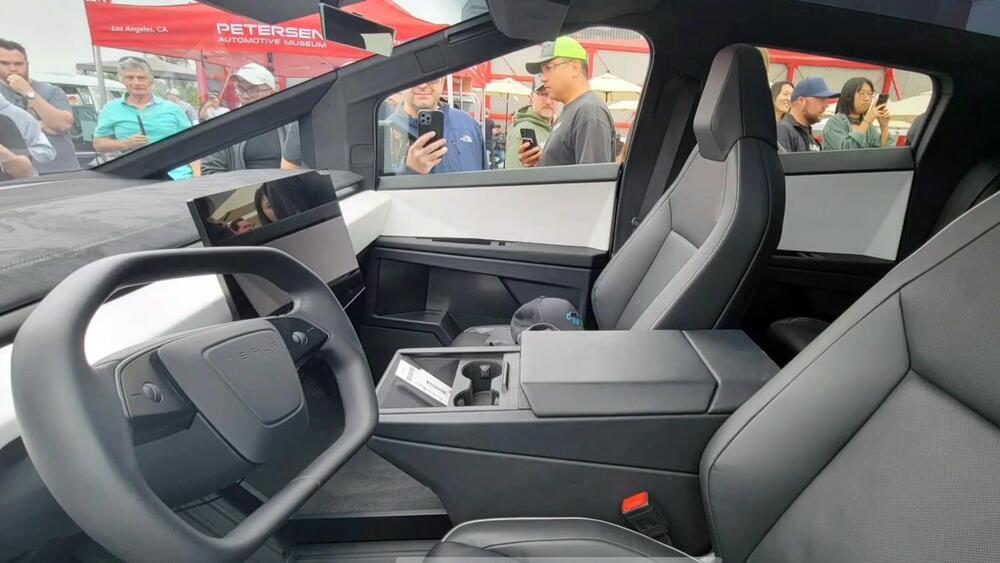
The Tesla Cybertruck automatic tailgate and tonneau cover motions, as well as its interior have been extensively filmed during its chief designer visit to an EV exhibit inauguration at Peterson’s museum. The new shots also revealed a cool storage space under a lid in the truck bed as well as possibly vented seats.

Using the Spectrum–RG (SRG) spacecraft and two ground-based telescopes, Russian astronomers have observed X-ray sources in the eastern Galactic sky. The observational campaign resulted in the detection of 14 new active galactic nuclei. The findings were presented June 6 in the journal Astronomy Letters.
An active galactic nucleus (AGN) is a compact region at the center of a galaxy, more luminous than the surrounding galaxy light. AGNs are very energetic due either to the presence of a black hole or star formation activity at the core of the galaxy.
Astronomers generally divide AGNs into two groups based on emission line features. Type 1 AGNs show broad and narrow emission lines, while only narrow emission lines are present in Type 2 AGNs.
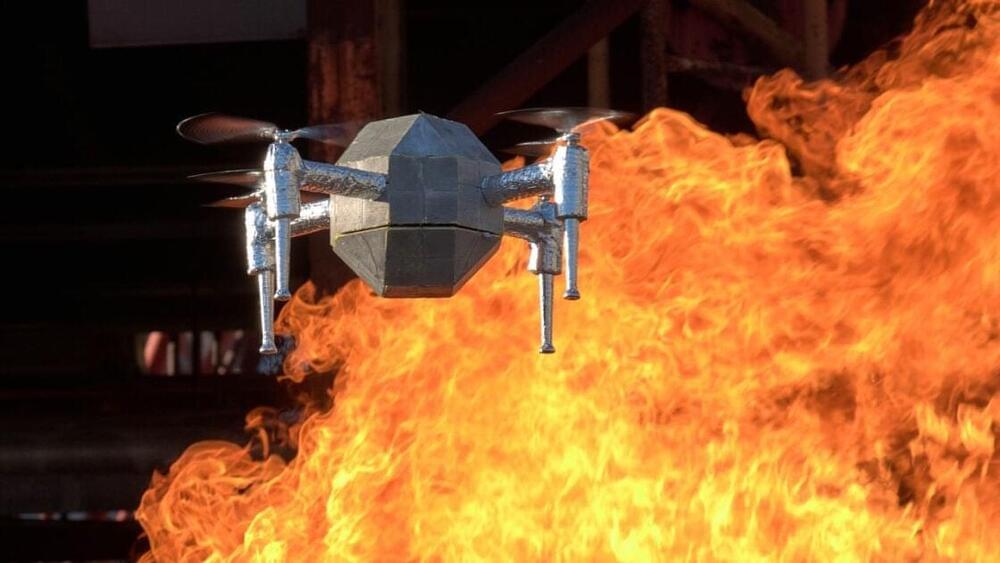
A prototype drone developed at Imperial College London is able to withstand temperatures of up to 200°C for 10 minutes.
The so-called FireDrone (Opens in a new window) is designed to fly into burning buildings or forest fires and provide “crucial first-hand data” otherwise unavailable to first responders. For example, identifying where people are trapped in a burning building without fire fighters needing to perform a room-by-room search.
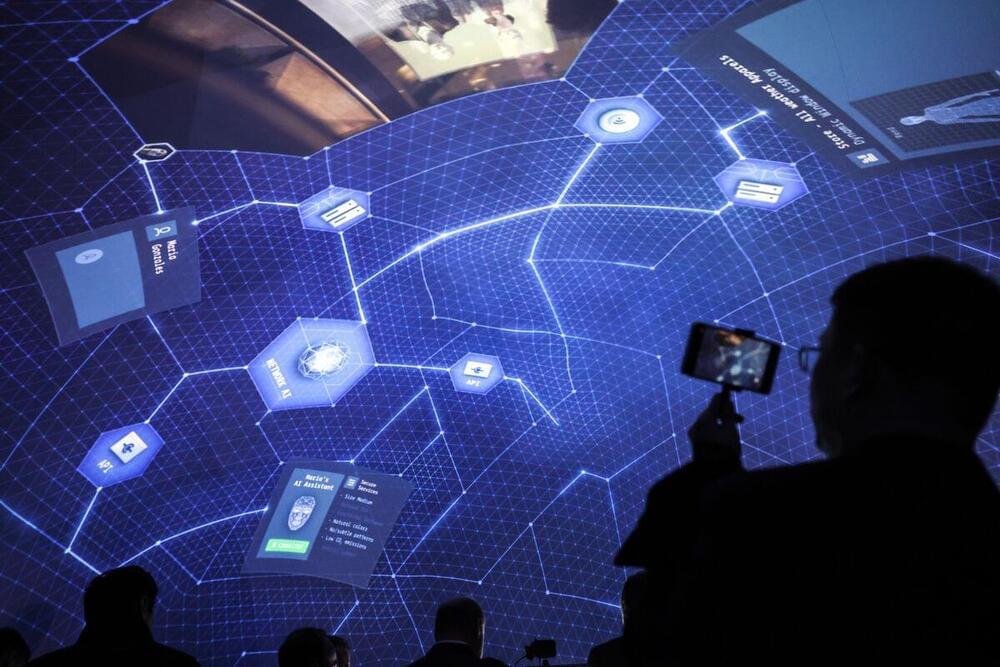
The Europe Union is introducing “crash test” systems for artificial intelligence to ensure new innovations are safe before they hit the market.
The trade bloc launched four permanent testing and experimental facilities across Europe on Tuesday, having injected €220 million ($240 million) into the project. The centers, which are virtual and physical, will from next year give technology providers a space to test AI and robotics in real-life settings within manufacturing, health care, agriculture and food, and cities.
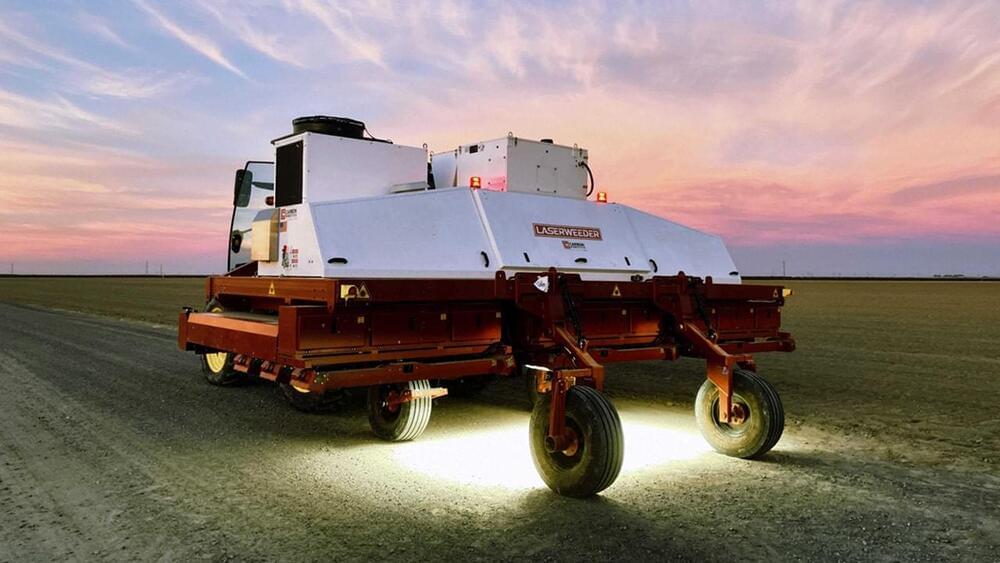
Weeds are one of the most “tedious, time-consuming and challenging” elements of farming, Carbon Robotics told Fox Business via email.
The LaserWeeder can eliminate over 200,000 weeds per hour and offer up to 80% cost savings in weed control.
Carbon Robotics CEO and founder Paul Mikesell “knows farmers and has a lot of friends who are farmers,” he said.
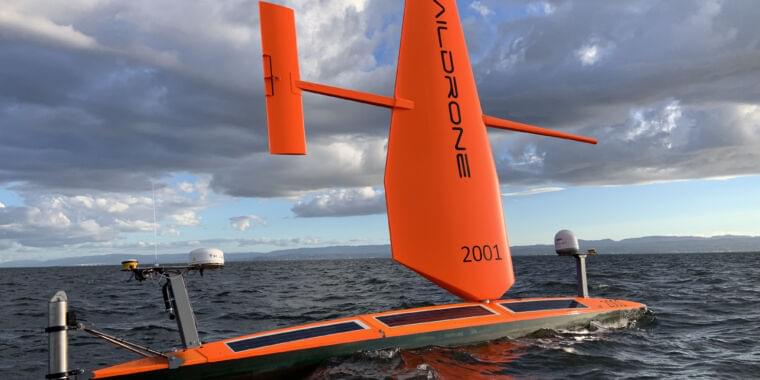
Science fiction often paints a terrifying picture of the future—think aliens decimating humanity, à la The War of the Worlds. But sometimes the future becoming the present can be pretty amazing—who doesn’t love successful space launches majestically catapulting humans skyward?
Or take Earth’s oceans, which are currently in the middle of a technological revolution that, outside of some very nerdy circles, has gone largely unnoticed.
“We’re at the cusp of a proliferation of lots of autonomous vehicles in the ocean,” said Alex De Robertis, a biologist at the Alaska Fisheries Science Center of the National Oceanic and Atmospheric Administration (NOAA). “Things that were science fiction not so long ago are kind of routine now.” That includes saildrones, which look like oversized orange surfboards, each with a hard, carbon-fiber sail (called a wing) and a stash of scientific equipment.
Do you ever mesh your other hobbies with the space stuff? Yes. I once turned the results of one of my experiments into a musical. In 2020, during the lockdowns, I put a scientific instrument on my balcony to measure light, sound and pollution before and after the pandemic. I ended up with several graphs and thought, Why not turn these into a musical? So, me and my brother got several musical instruments and played notes according to how high or low each point on the graph was. We actually submitted that to the NASA SpaceApps COVID-19 Challenge and became one of the top six global winners.
Do you think you’ll study space science at university when you’re older? I think so. Either aerospace or astrophysics, or maybe both.
Any other cool projects in the pipeline? Not right now, but I’m getting ready to go to Belgium this September, to represent Canada in the EU Contest for Young Scientists, which is an international science competition. I’ll be able to showcase this project there. But before then, I need to make a 10-page project report with figures, summaries and scientific documents. And I’ll need a poster!


What if water could be boiled more quickly and efficiently? It would benefit many industrial processes by reducing energy use, including most electricity generating plants, many chemical production systems, and even cooling systems for electronics.
Improving HTC and CHF
Now, MIT scientists have conceived of a method to do just that, according to a press release by the institution published on Tuesday. The researchers have found a way to improve at the same time the two key parameters that are conducive to the boiling process, the heat transfer coefficient (HTC) and the critical heat flux (CHF).